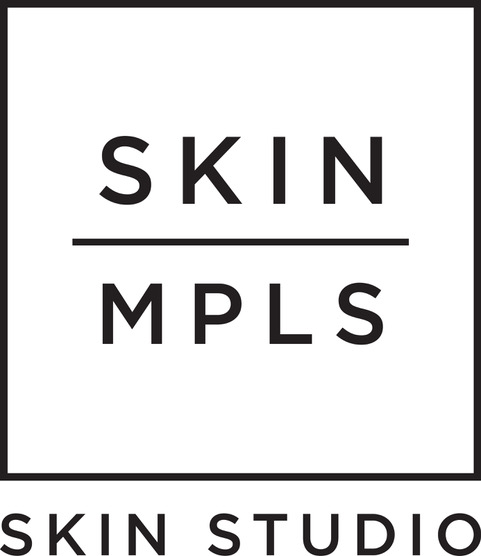The lifecycle of a pimple
Acne is both simple and complicated. Explaining it is relatively easy, and there are several ways to treat it, but what makes it complicated is that there is still no proven method of truly eradicating acne.
Let’s start at the beginning and talk about what it takes to make a pimple and what happens to it from when it’s formed to when it truly goes away. The creation of a pimple is the perfect storm consisting of three leading players – bacteria, oil, and dead skin. In the case of acne, it takes three to Tango. So, read on if you love to hate pimples as much as we do, and let’s play everyone’s favorite game of “Love, Kill, or Marry” when solving the root causes of acne.
Bacteria
We all have microscopic bacteria colonies on our skin and inside our pores. And for those of us with the acne gene, these microorganisms certainly play a part in creating pimples. But, while bacteria inside our pores is a component in acne formation, it is not the main player because it exists in ALL pores – not just those affected with acne. So for bacteria, we label you “LOVE” in our fun little game. After all, the skin’s microbiome is having a big moment right now. We can’t wait to see what’s around the corner as the science continues to unroll when it comes to understanding even more about our skin’s bacteria.
Oil
Everyone loves to hate on oil. At Skin MPLS, we hear deprecating comments about clients’ own oil production daily. It seems as though many learned at some point in their life that oil = bad. Well, we’re here to tell you that oil is not the enemy! Yes, like bacteria, it does also play a role in acne formation; but acne exists even in those with dry skin – so it’s not the main problem when it comes to acne. So, in defense of oil, because we like some healthy skin lubrication and protection, we’re going to “MARRY” oil.
Dead Skin
By process of elimination, we’re sure you can see where we’re going with this – but we would “KILL” the dead skin in your pores if we had the chance. But since that skin is already dead, what’s the point?! The rapid proliferation of dead skin cells from the skin-lined pore is the main offender when it comes to the cause of a breakout. For people prone to acne, their pores shed dead skin at a rate of at least five times higher than those not prone. The overproduction of dead skin is the cause of a pimple and is actually the core of what a pimple is made of; it’s primarily dead skin, a little oil, and some bacteria. As we alluded to in the beginning, the complicated part of acne is that no one still knows why some people create way too much dead skin in their pores. To us, this is the question that keeps us up at night.
How Pimples Are Formed
Now that we’ve laid the groundwork for understanding the key players in acne formation (and played a fun little game!), we can dig into the lifecycle of an acne spot. It all starts with that rapidly flaking dead skin in your pore (AKA “follicle”), which then combines with oil and bacteria already in your pore to create what’s called a "micro-comedone.”
The micro-comedone continues to grow, and it evolves – this process happens slowly below the skin’s surface. It takes anywhere from 30 to 90 days before it’s noticeable to you – and it’s only apparent to you once that impaction has grown big enough to either burst the pore and form an inflamed pimple or rise towards the surface in the form of a non-inflamed pimple. Your body tries to fight off the “foreign invader” impaction with white blood cells, creating inflammation.
How to Treat Pimples
Active acne needs anti-bacterial and keratolytic ingredients, so your best defense is your acne-fighting regimen. Since acne starts in the pore you must always treat the pore. Your acne-fighting skincare products will clear the dead skin and kill the bacteria to turn the pimple lesion over. Additionally, regularly ice the affected areas to bring the inflammation down and shorten the lifespan of the unwanted intruder. It’s crucial to avoid all pore-clogging ingredients as well.
Hormones, food, cosmetics, friction, stress, and more can trigger acne at any time. Pimples do not form overnight (this is one of the most common acne myths to bust!), although stress, travel, and friction can make in-process pimples seem to appear on the fly. Acne is constantly forming, and these are just the catalysts for “popping up” the actual pimple. If we have acne-prone skin, we are in a constant war against acne because there is no cure. Our body has many different responses to fighting off the infection, which is why acne takes many different forms and looks different from person to person. Diagnosing your specific type and cause of acne is difficult and tiresome. It’s better to focus on treating it.
What Else You Can Do
While lifestyle factors play a significant role, you need the right products to treat the pore to continue to break out, especially if you have active acne. But, after you have cleansed and treated the pores, you can make lifestyle changes that will help decrease the amount of inflammation in your body.
Though it takes time to clear acne, you will notice that pimples come and go faster with the right products, tools, and techniques. And some people may be able actually to eradicate the life of all pimples, but most others have to learn to manage their acne throughout their adult life. Either way, the right products, healthy life choices, and a proper understanding of how the skin works will give you the upper hand against acne!
